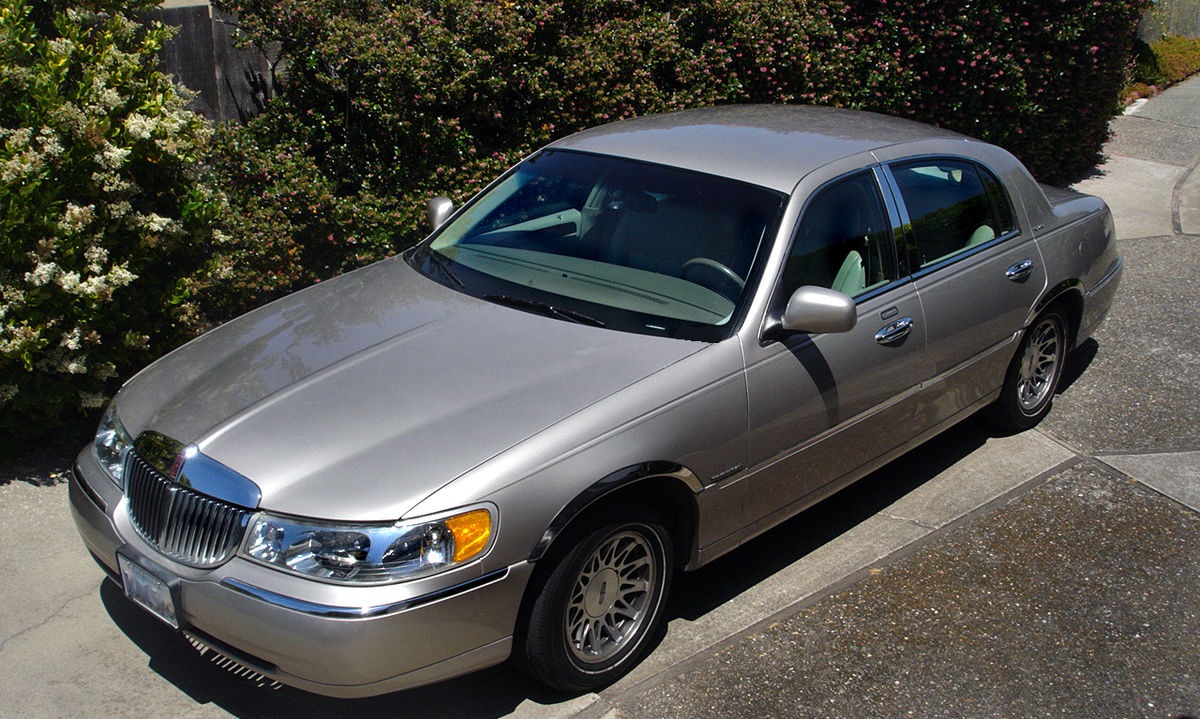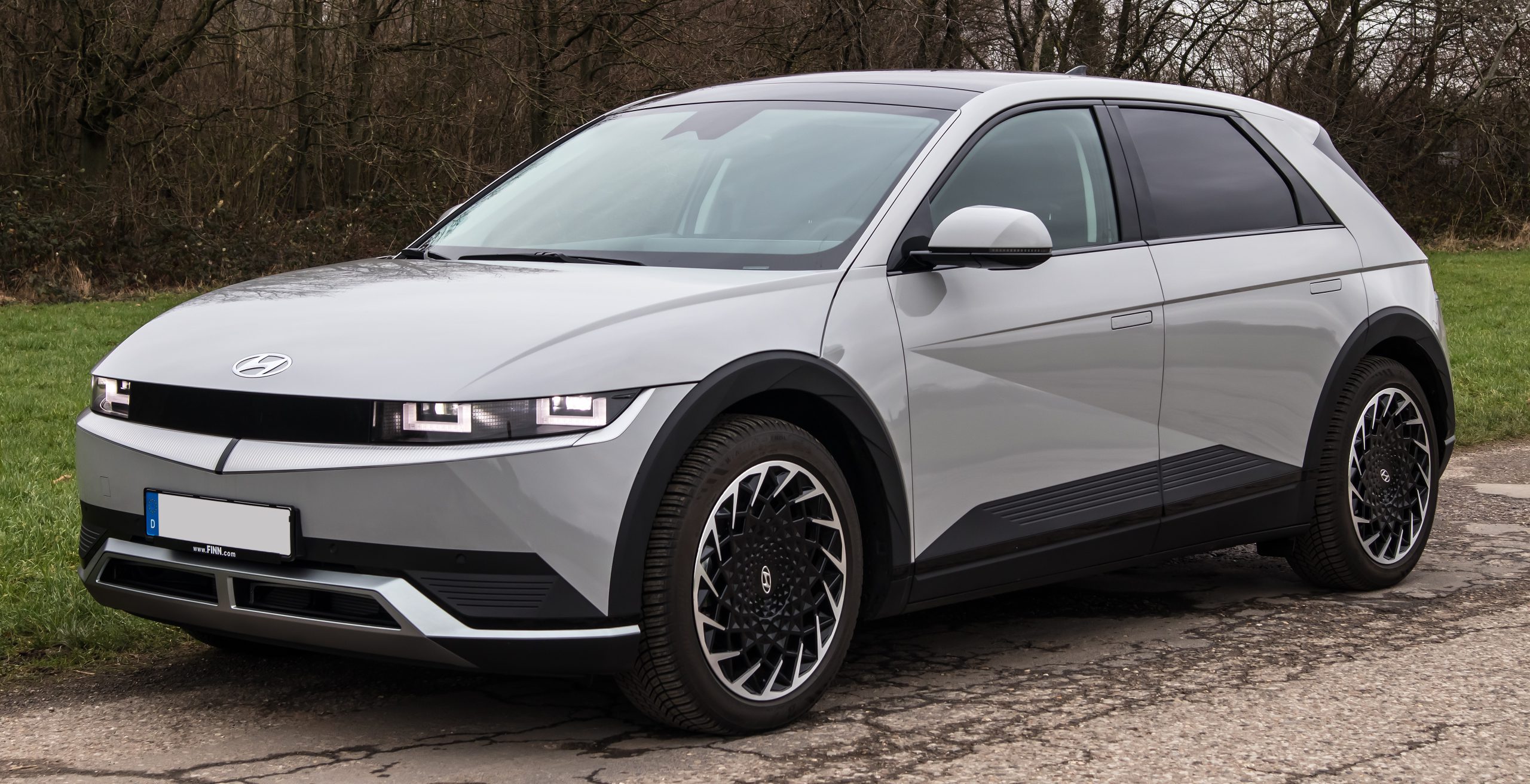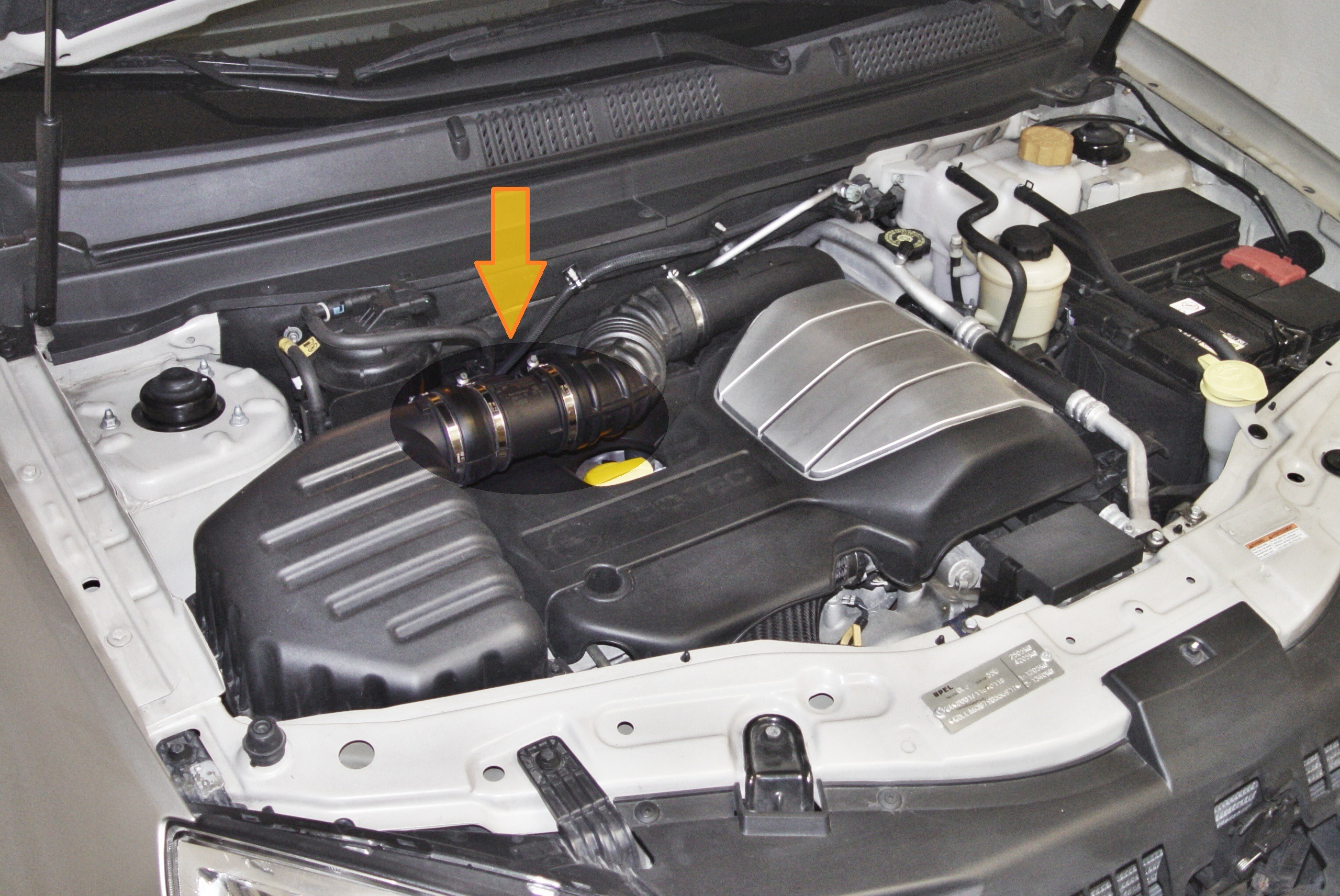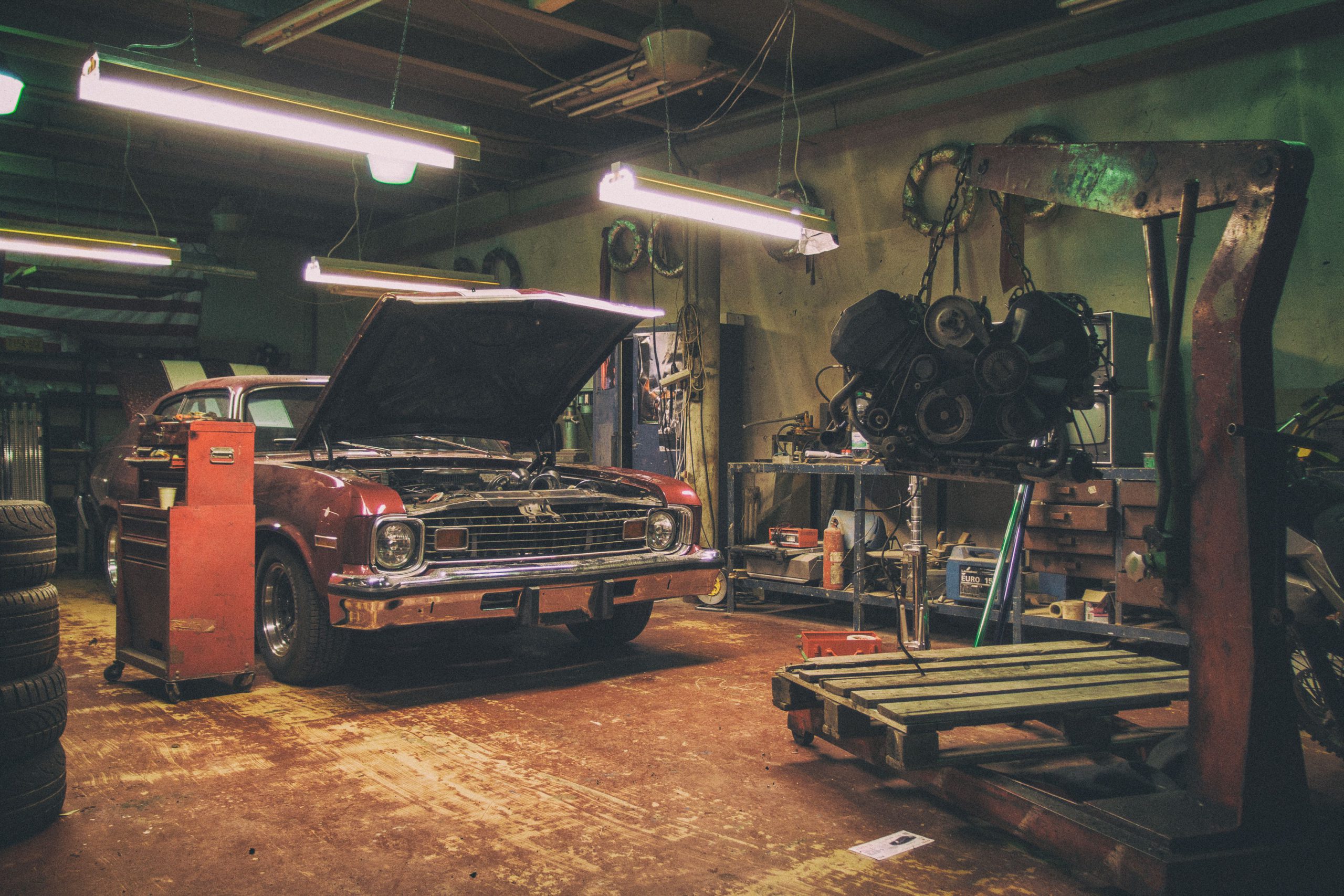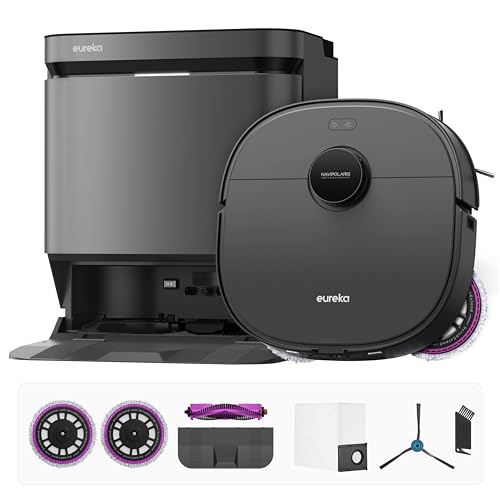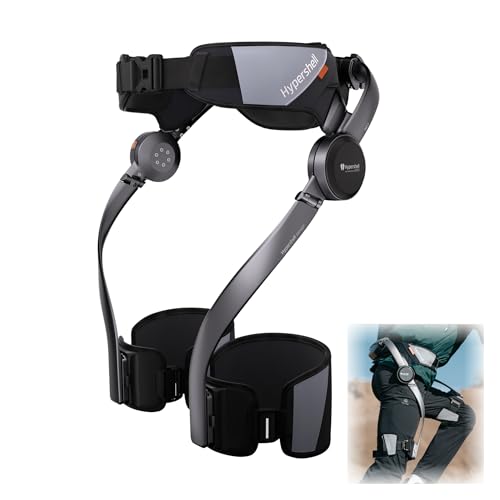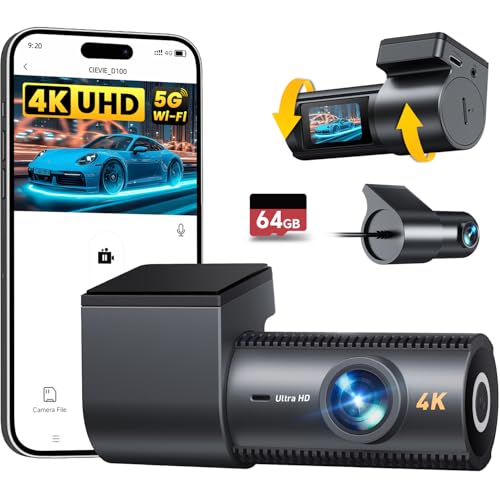Luxury vehicles hemorrhage 18% of their value annually, with prestige models bleeding even faster at 19.2% per year. That meticulously maintained BMW or Mercedes you’re considering? It’ll lose 40-50% of its value over five years, regardless of your garage-queen treatment. The depreciation landscape transformed when cars became rolling computers, making traditional car care wisdom obsolete in today’s luxury market.
Software Subscriptions Turn Features Into Rental Properties
Heated seats and adaptive cruise control can vanish when subscriptions lapse.
Your luxury car’s best features might disappear the moment you buy it used. Adaptive cruise control, heated seats, even customizable driving dynamics—all gated behind ongoing subscriptions that previous owners may not transfer. Picture buying a “fully loaded” used Mercedes, only to discover the massage seats require a monthly fee to unlock. These software lockouts don’t just frustrate new owners; they crater resale values when buyers realize they’re inheriting digital baggage instead of permanent features.
Electric Luxury Cars Face a Battery Death Sentence
EV batteries degrade while replacement costs soar beyond most owners’ comfort zones.
Electric luxury vehicles suffer accelerated depreciation that makes gas cars look stable. Battery replacement runs $10,000-$20,000, and degradation over five years can hit 20%. Meanwhile, EV tech advances so rapidly that last year’s cutting-edge infotainment feels like a BlackBerry at an iPhone launch party. Buyers avoid older EVs, knowing they’ll inherit expensive maintenance headaches and compatibility issues with future charging standards.
Your Custom Interior Is Someone Else’s Nightmare
Personalized luxury configurations shrink the resale buyer pool dramatically.
That bespoke purple leather interior and walnut trim package reflects your exquisite taste—and torpedoes your resale value. Used luxury buyers want mainstream specs: black or beige interiors, popular colors, proven tech packages. Over-customization transforms your dream car into someone else’s niche nightmare, limiting potential buyers to those who share your exact aesthetic vision.
Most luxury cars are purchased by practical people with expensive tastes.
Smart Buyers Skip New and Avoid the Depreciation Cliff
Strategic purchasing can minimize luxury car financial bloodbaths.
Research projected resale values before adding expensive tech options—many don’t improve retention enough to justify their cost. Buy 1-3 year old luxury vehicles that absorbed initial depreciation hits, and maintenance-neutral specifications that appeal to mainstream luxury buyers. The sweet spot exists where someone else paid for new-car bragging rights while you inherit most of the luxury experience at a rational price.
Luxury car ownership in 2024 demands treating vehicles like rapidly depreciating tech gadgets rather than appreciating assets. Navigate accordingly.


